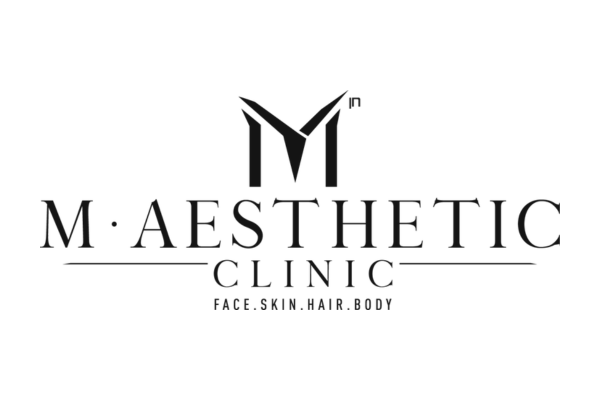Reduces unwanted hair growth on various body parts.
Why Is Laser Hair Removal Done?
Laser hair removal is a popular cosmetic procedure used to reduce or permanently remove unwanted hair. It works by using concentrated beams of light to target hair follicles. The pigment in the hair absorbs the light, damaging the follicle and inhibiting future hair growth. It is commonly done to:
Eliminate unwanted hair on areas like the face, legs, underarms, bikini line, back, and chest.
Provide longer-lasting results compared to shaving, waxing, or plucking.
Reduce hair growth for individuals with ingrown hairs or sensitive skin.
Save time and effort spent on regular hair removal methods.
Laser hair removal is suitable for most skin tones and hair types, though it is most effective for those with dark hair and light skin.
What to Expect Before, During, and After the Procedure
Before the Procedure
Consultation: A licensed professional will evaluate your hair and skin type, discuss your expectations, and determine if you are a good candidate for the treatment.
You’ll be informed about how many sessions you’ll need based on your hair growth cycle. Most people require 6–8 sessions spaced 4–6 weeks apart.
Preparation: Avoid waxing, plucking, or electrolysis for at least 4–6 weeks before treatment, as these methods remove the hair follicle, which the laser targets.
Shave the treatment area 24 hours before the procedure, as this ensures the laser energy is focused on the hair follicle beneath the skin.
Avoid sun exposure, tanning beds, and self-tanning products for at least 2 weeks before treatment to reduce the risk of skin irritation.
During the Procedure
Preparation of the Area: The treatment area will be cleaned, and you’ll wear protective eyewear to shield your eyes from the laser. If necessary, a cooling gel or numbing cream will be applied to reduce discomfort.
Laser Treatment: The technician uses a handheld laser device that emits pulses of light onto the targeted area.
The sensation is often described as similar to the snap of a rubber band against the skin, accompanied by mild heat.
Small areas like the upper lip may take only a few minutes, while larger areas like the legs or back may take 30–60 minutes.
Pain Level: Discomfort is minimal for most people, though it can vary depending on the treatment area and individual pain tolerance. Modern laser systems often include cooling technology to make the procedure more comfortable.
After the Procedure
Immediate Post-Treatment: You may experience redness, mild swelling, and sensitivity in the treated area, similar to a mild sunburn. These symptoms typically subside within a few hours to a day.
A soothing cream or ice pack can be applied to reduce discomfort.
Hair Shedding: Over the next 1–2 weeks, treated hairs will begin to fall out naturally. Avoid plucking or waxing the area, but gentle exfoliation can help speed up the shedding process.
Downtime: There is no significant downtime, and most people can return to normal activities immediately. However, the skin remains sensitive, so care is essential.
Results: Hair growth will reduce progressively with each session. After completing the recommended treatments, most people experience long-term hair reduction.
Maintenance sessions may be needed annually, as some hair may regrow due to hormonal changes or other factors.
Aftercare Tips
Sun Protection: Avoid sun exposure and use a broad-spectrum sunscreen (SPF 30+) daily on treated areas.
No Heat or Friction: Avoid hot showers, saunas, and exercise for 24–48 hours post-treatment.
Be Gentle: Use gentle skincare products and avoid harsh chemicals or exfoliation for a few days.
Avoid Other Hair Removal Methods: Stick to shaving if needed between treatments to preserve the effectiveness of laser hair removal.




